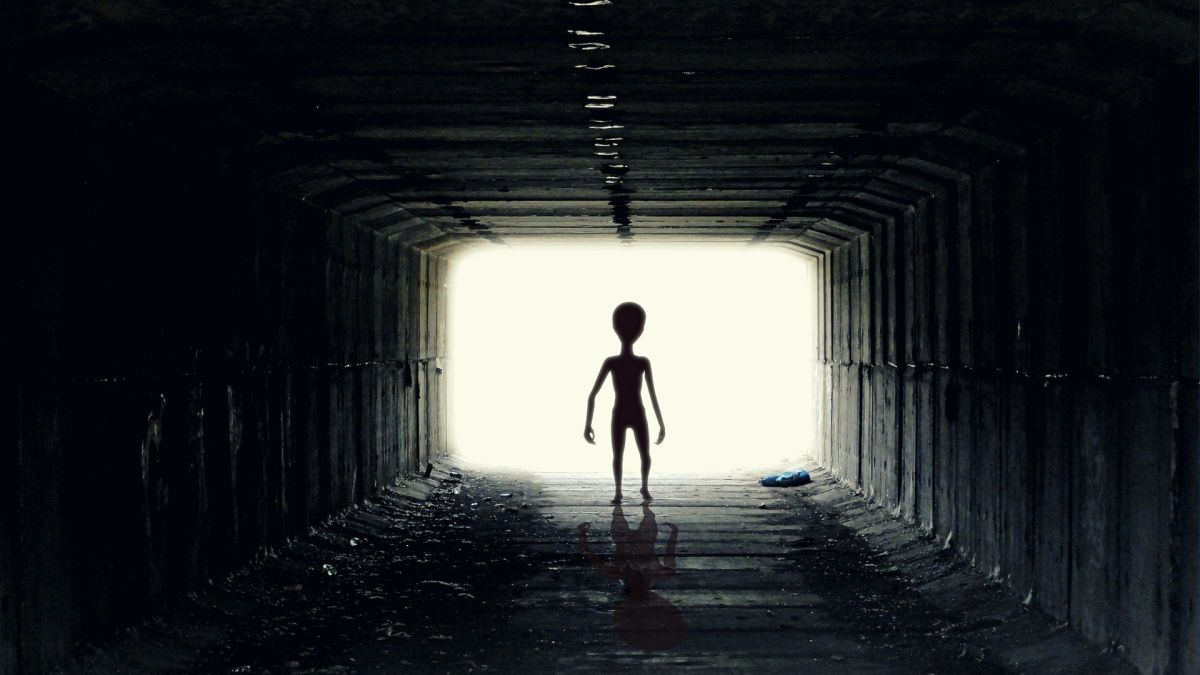A team led by NASA has prepared a new message known as the “Beacon in the Galaxy”, which scientists want to transmit near the center of the Milky Way. But not everyone seems to agree.
Certainly the idea of establishing contact with intelligent extraterrestrial life is not new. For example, just last month, a team at NASA’s Jet Propulsion Laboratory published ideas for beaming a “binary-coded message” into space near the center of the Milky Way Galaxy in an attempt to establish contact with other planets. civilizations.
Baptized as “Beacon in the Galaxy” (BITG), the cipher – which is intended to be sent using the Allen Telescope Array of the Seti Institute, based in California, and the spherical radio telescope of 500 china opening meters – consists of communication principles, math and physics concepts, and even DNA components.
Interestingly, scientists have also coded the coordinates so that aliens can accurately determine the position of the Earth in the universe.
But not everyone seems to agree with the idea of revealing our galactic location. In fact, some experts believe that it is an extremely risky business. Such is the case with Anders Sandberg, a senior fellow at the Future of Humanity Institute (FHI) in Oxford, who has warned that the proposed new message for aliens could be a terrible idea for a species planning to survive.
Risk of revealing our location to extraterrestrials
In a conversation with The Telegraph, Sandberg said he would provide details such as the location of Earth and DNA data could be risky, regardless of how small the probability that there is extraterrestrial life.
Sandberg assured that, although the probability that the message reached an extraterrestrial civilization was low and the risk as well as the potential benefit were equally small given the difficulty of traversing vast expanses of interstellar space, “it has such a big impact that it has to be taken quite seriously.”
According to him, the “laugh factor” that surrounds the search for extraterrestrial intelligence makes “many people refuse to take anything related to it seriously. And it is a shame, because it is something important”, according to The Telegraph.

Peaceful or hostile alien civilizations?
For his part, Toby Ord, Sandberg’s colleague at the FHI, made similar arguments in a book by 1200 on the theme titled “The Precipice”. In it, Ord suggested that it would be wise to hold a “public debate” before sending messages to aliens, noting that “even passive SETI (listening to their messages) could carry dangers, as the message could be designed to ensnare us.”
“These dangers are small, but little known and not yet well managed”, assured Ord, quoted by The Telegraph .
“The main relevant question is the proportion between peaceful and hostile civilizations. We have very little evidence on whether it is high or low, and there is no scientific consensus. Since the disadvantage could be much greater than the advantage, it does not seem to me a good situation to take active steps towards contact”, he stated.
Despite the fear of many scientists, the BITG team does not believe that any alien intelligence that finds the message is hostile. According to the researchers, “logic suggests that a species that has achieved sufficient complexity to achieve communication across the cosmos will very likely also have achieved high levels of cooperation with one another,” they write in their paper. “And, therefore, they will know the importance of peace and collaboration”, they affirmed.
In the past, other scientists such as Stephen Hawking have warned that these messages could be risky. But no one can know for sure what we might find in our vast universe. And which side are you on?
Also read:
· Scientists make progress in the search for extraterrestrial life in our solar system
Why will NASA return to explore Venus after 40 years?
· The “second moon of the Earth”: the asteroid that orbits our planet
2781830
